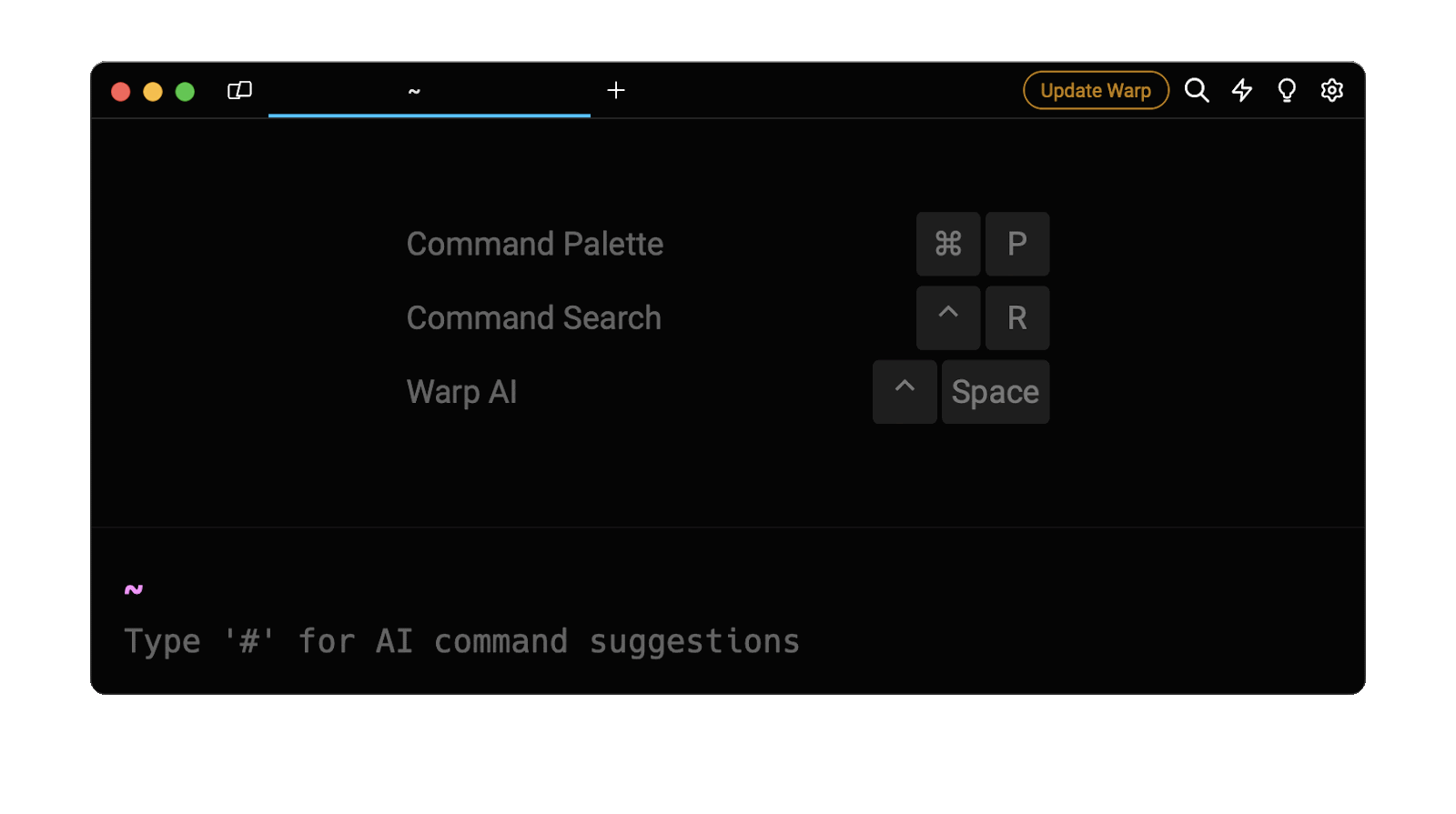In Kubernetes, port forwarding is a mechanism that allows access to a specific port of a container running inside a Pod, which is particularly useful for troubleshooting and debugging services that are not exposed externally.
The short answer
To forward a port in Kubernetes, you can use the kubectl port-forward command as follows:
$ kubectl port-forward <resource_type>/<resource_name> <host_port>:<resource_port>
Where:
- resource_type is a type of Kubernetes resource (e.g., pod, service, deployment).
- resource_name is the name of the resource.
- host_port is the port number on your local machine.
- resource_port is the port number of the resource to which the traffic will be forwarded to.
For example, the following command will forward all the traffic received on the port 3000 of the host to the port 8000 of the Pod named my-pod:
$ kubectl port-forward pod/my-pod 3000:8000
Forwarding from 127.0.0.1:3000 -> 8000
Forwarding from [::1]:3000 -> 8000
Handling connection for 3000
Note that once launched, you can stop the port forwarding by pressing the CTRL+C key combination.
Easily retrieve this command using Warp’s AI Command Suggestions
If you’re using Warp as your terminal, you can easily retrieve this command using the Warp AI Command Suggestions feature:

Entering kubectl forward port in the AI Command Suggestions will prompt a kubectl command that can then quickly be inserted into your shell by doing CMD+ENTER .
Forwarding multiple ports
To forward multiple ports at once, you can use the kubectl port-forward command as follows:
$ kubectl port-forward <resource_type>/<resource_name> <host_port>:<resource_port>[<host_port>:<resource_port> ...]
Where:
- <host_port>:<resource_port>... is an optional list of host and resource ports pairs.
For example, the following command will respectively map the ports 3000 and 3001 of the host to the ports 8000 and 8001 of the Pod named my-pod:
$ kubectl port-forward pod/my-pod 3000:8000 3001:8001
Forwarding from 127.0.0.1:3000 -> 8000
Forwarding from [::1]:3000 -> 8000
Forwarding from 127.0.0.1:3001 -> 8001
Forwarding from [::1]:3001 -> 8001
Handling connection for 3001
Listing the active forwarded ports
To get the list of all the forwarded ports in activity, you can use the following ps command:
$ ps -ef | grep "port-forward"
Where:
- ps -ef lists all the processes running on the system with detailed information, including the process ID, command line arguments, and user.
- grep "port-forward" filters the results to only show lines containing the port-forward expression.
Running port forwarding in the background
By default, the kubectl port-forward command runs in the foreground, thus blocking the use of the terminal until it is manually stopped using CTRL+C or it times out.
To run this command in the background, you can add the & operator at the end of your command as follows:
$ kubectl port-forward <resource_type>/<resource_name><host_port>:<resource_port> &
Upon execution, the shell will immediately return the control back to you, enabling you to enter more commands or perform other operations in the same terminal session.
For example, the following command will map the port 8000 of the host to the port 80 of the Service named my-service and run it as a background job:
$ kubectl port-forward svc/my-service 8000:80 &
[1] 654
Forwarding from 127.0.0.1:8000 -> 80
Forwarding from [::1]:8000 -> 80
Stopping the background process
To stop the kubectl port-forward command running in the background, you can first find its process ID using the following ps command:
$ ps aux | grep "kubectl port-forward"
Where:
- ps aux displays information about all active processes from all users.
- grep "kubectl port-forward" filters the results to only show lines containing the kubectl port-forward expression.
Then kill the process using the kill command as follows:
bash $ kill <pid>
Where:
- pid is the process ID of the kubectl port-forward command.
Forwarding ports in a specific namespace
To forward the port(s) of a resource in a specified namespace, you can use the -n flag (short for --namespace) as follows:
$ kubectl port-forward -n <namespace> <resource_type>/<resource_name> <host_port>:<resource_port> &
Forwarding ports to a Service
Forwarding ports to Services instead of Pods can be useful for testing service-level features such as load balancing or failover. For example, forwarding a local port to a Service that load balances across multiple Pods can help developers verify the distribution of network traffic without directly having to interact with each Pod.
To forward a port to a specific Service, you can use the following kubectl port-forward command:
$ kubectl port-forward svc/ <service_name><host_port>:<service_port>
Where:
- svc specifies that the port forwarding is done for a Service.
For example, the following command will map the port 8000 of the host to the port 80 of the Service named my-service:
$ kubectl port-forward svc/my-service 8000:80
Note that, unlike with Pods, forwarding an invalid Service port will result in the following error:
error: Service my-service does not have a service port 8002
Forwarding ports for specific IP addresses
By default, the forwarded ports are only accessible from the local machine where the command is executed.
To allows other machine from the network to access these ports, you can use the --address flag as follows:
$ kubectl port-forward --address <ip_addresses> <resource_type >/<resource_name> <host_port>:<resource_port>
Where:
- ip_addresses is a list of comma-separated IPv4 or IPv6 addresses.
For example, the following command will forward all the traffic from the port 3000 on the local host and the machine located at 10.19.21.23 to the port 8000 of the Pod named my-pod:
$ kubectl port-forward --address localhost,10.19.21.23 pod/my-pod 3000:8000
Forwarding ports for all IP addresses
To make the forwarded ports accessible from all the network interfaces of the machine, you can use the 0.0.0.0 IPv4 address or the :: IPv6 address as follows:
$ kubectl port-forward --address 0.0.0.0 <resource_type>/<resource_name> <host_port>:<resource_port>
Forwarding ports to random host ports
To map a Kubernetes resource port to any random port on the local host, you can use the following syntax:
$ kubectl port-forward<resource_type>/<resource_name>:<resource_port>
For example, the kubectl command will automatically map the randomly chosen port 38961 on the host to the specified port 80 of the Service named my-service:
$ kubectl port-forward svc/my-service :80
Forwarding from 127.0.0.1:38961 -> 80
Forwarding from [::1]:38961 -> 80
Understanding port forwarding persistence
By default, Kubernetes will timeout and close all the forwarded ports if the connection between the local machine and the Kubernetes cluster remains idle for a certain period of time.
To change the timeout settings, you can either add the following property to the Kubelet configuration file located at $HOME/.kube/config:
streamingConnectionIdleTimeout: <timeout>
Or you can add the following property to the Kubelet service file, typically located at /etc/systemd/system/kubelet.service.d/10-kubeadm.conf:
Environment="KUBELET_SYSTEM_PODS_ARGS=--pod-manifest-path=/etc/kubernetes/manifests --allow-privileged=true --streaming-connection-idle-timeout= <timeout>"
Where:
- timeout is a duration expressed in the #h#m#s format (e.g., 5m for 5 minutes).
Limitations of the kubectl port-forward command
In Kubernetes, port forwarding has certain limitations:
- Reverse port forward is not supported.
- Port forwarding to ingress resources is not supported.
- UDP is not supported (only TCP).
- Port forwarding at the container-level is not supported (lower is Pod-level).
The difference between kubectl port-forward and kubectl proxy
The kubectl proxy command is used to set up a proxy server between the local host and the Kubernetes API server.
It allows access to Kubernetes resources, such as Services, Pods, and Deployments, through a local HTTP or HTTPS proxy to perform operations like reading logs or querying metrics.
Written by
Muhammad Khabbab
Filed Under
Related Articles
Copy Files From Pod in Kubernetes
Learn how to copy files and directories from within a Kubernetes Pod into the local filesystem using the kubectl command.

Scale Deployments in Kubernetes
Learn how to manually and automatically scale a Deployment based on CPU usage in Kubernetes using the kubectl-scale and kubectl-autoscale commands.

Get Kubernetes Logs With kubectl
Learn how to get the logs of pods, containers, deployments, and services in Kubernetes using the kubectl command. Troubleshoot a cluster stuck in CrashloopBackoff, ImagePullBackoff, or Pending error states.

Tail Logs In Kubernetes
Learn how to tail and monitor Kubernetes logs efficiently to debug, trace, and troubleshoot errors more easily using the kubectl command.
Get Context In Kubernetes
Learn how to get information about one or more contexts in Kubernetes using the kubectl command.
Delete Kubernetes Namespaces With kubectl
Learn how to delete one or more namespaces and their related resources in a Kubernetes cluster using the kubectl command.
Get Kubernetes Secrets With kubectl
Learn how to list, describe, customize, sort and filter secrets in a Kubernetes cluster by name, type, namespace, label and more using the kubectl command.

List Kubernetes Namespaces With kubectl
Learn how to list, describe, customize, sort and filter namespaces in a Kubernetes cluster by name, label, and more using the kubectl command.

How To List Events With kubectl
Learn how to list and filter events in Kubernetes cluster by namespace, pod name and more using the kubectl command.

Kubernetes vs Docker: The Backbone of Modern Backend Technologies
Lean the fundamentals of the Kubernetes and Docker technologies and how they interplay with each other.

Set Context With kubectl
Learn how to create, modify, switch, and delete a context in Kubernetes using the kubectl config command.

List Pods With kubectl
Learn how to list and filter Kubernetes Pods by name, namespaces, labels, manifests, and more using the kubectl command.

